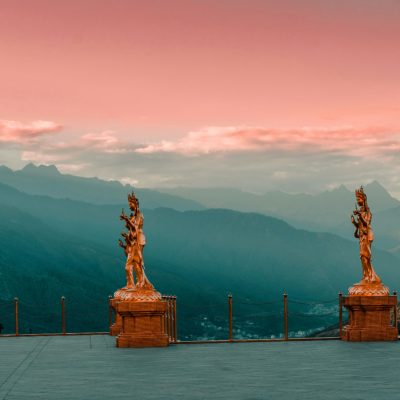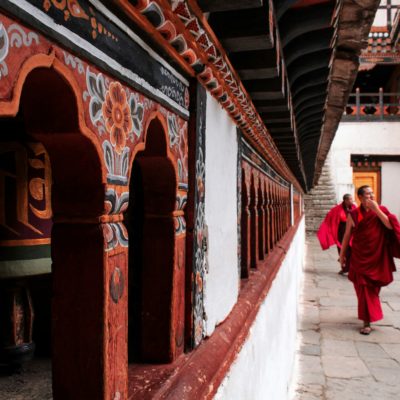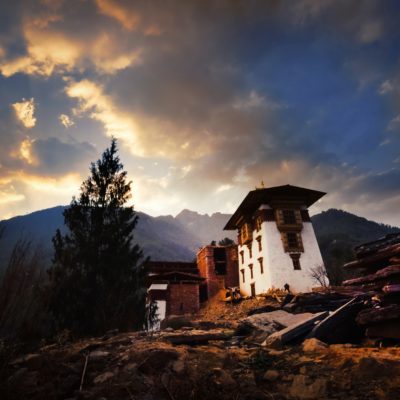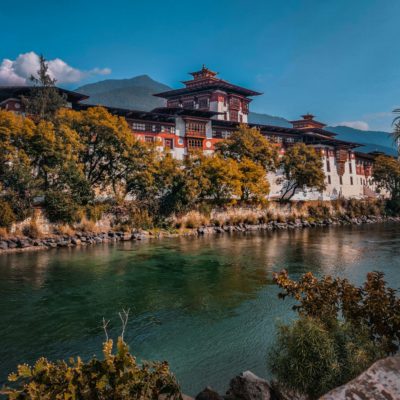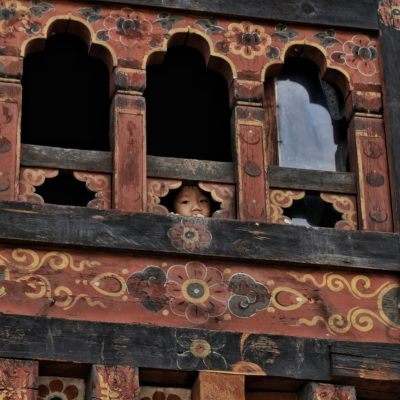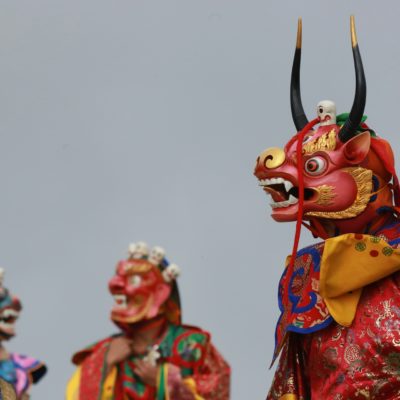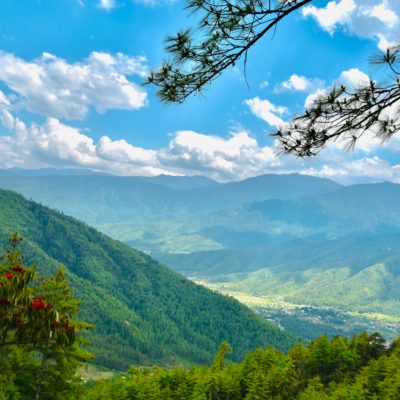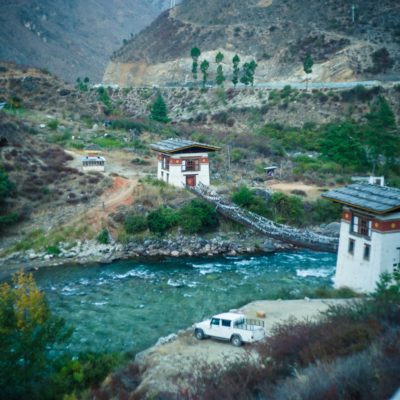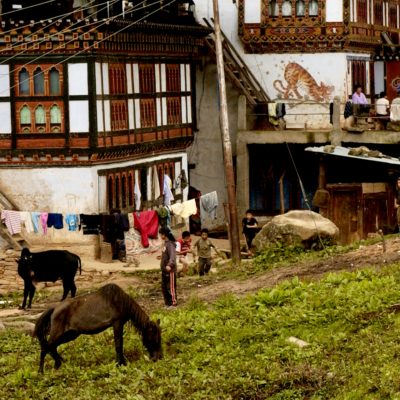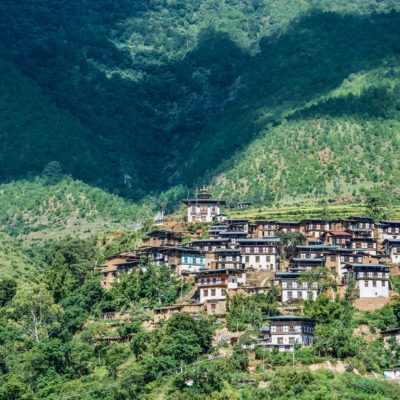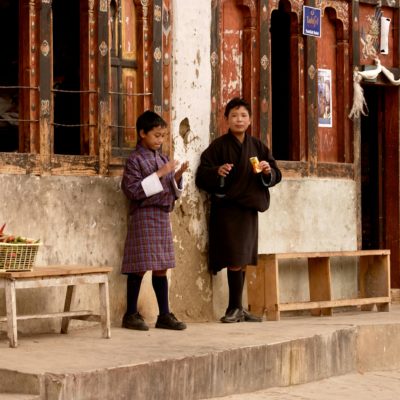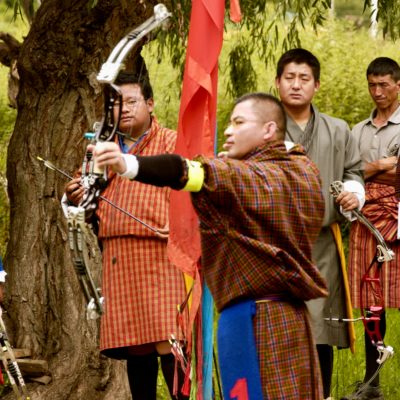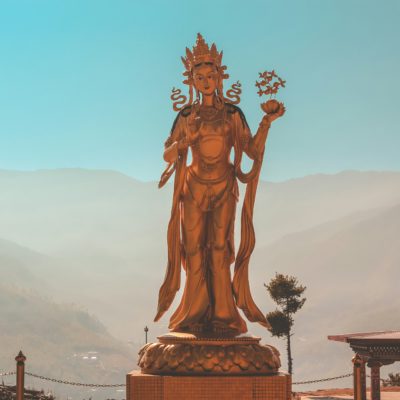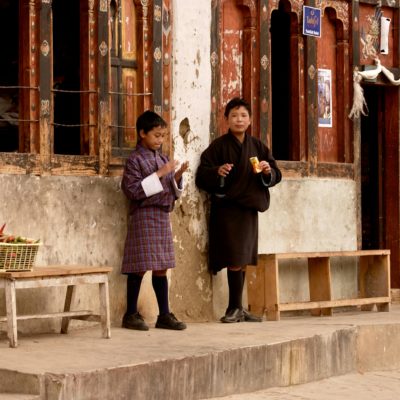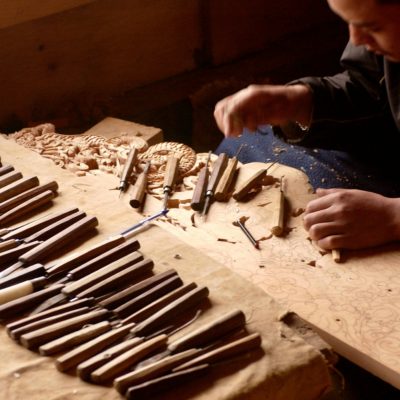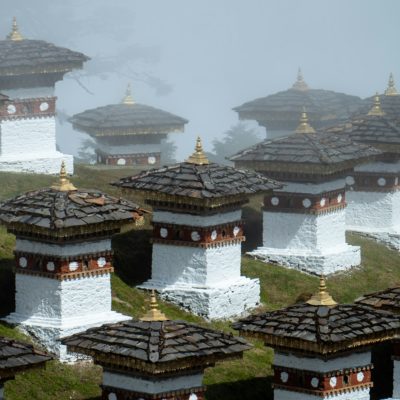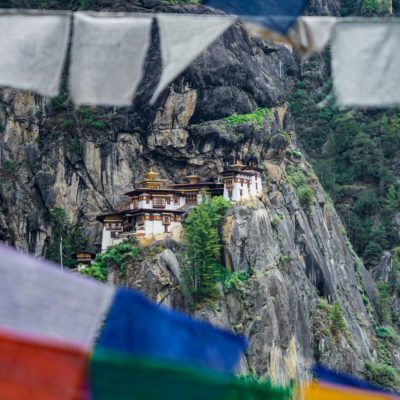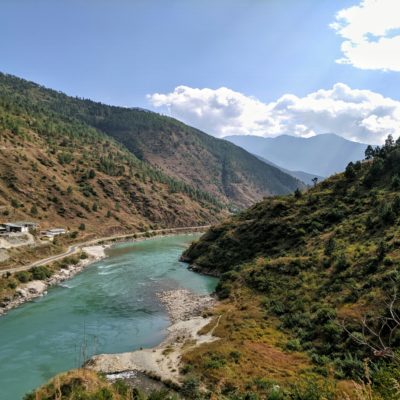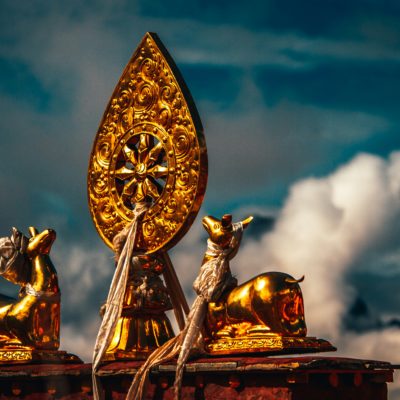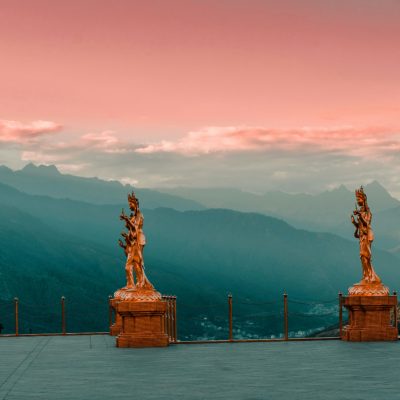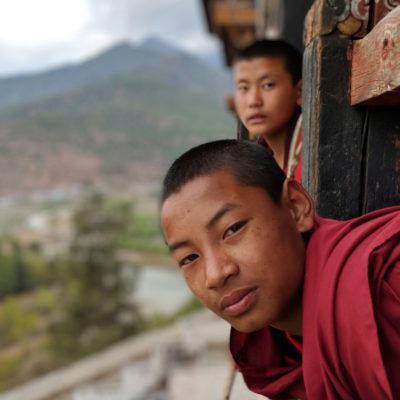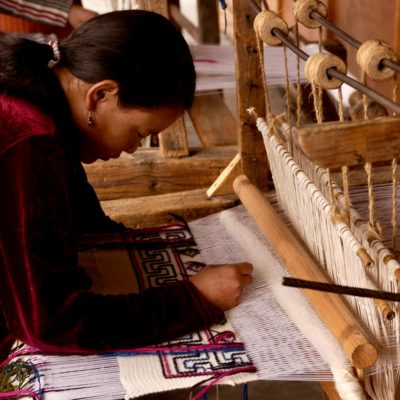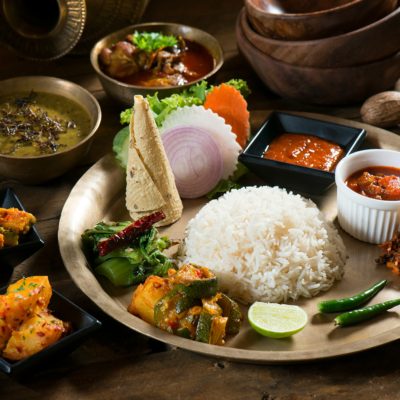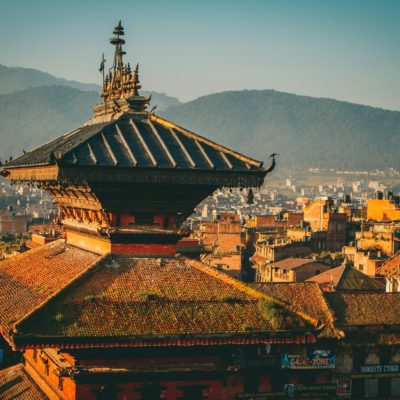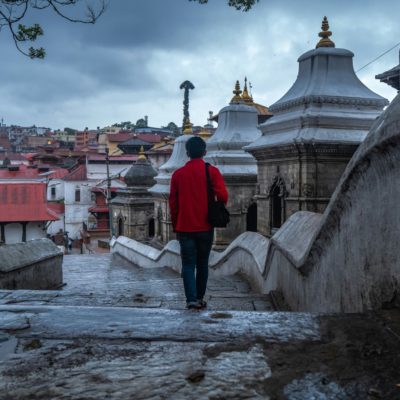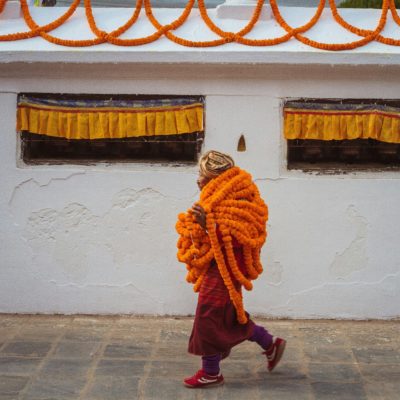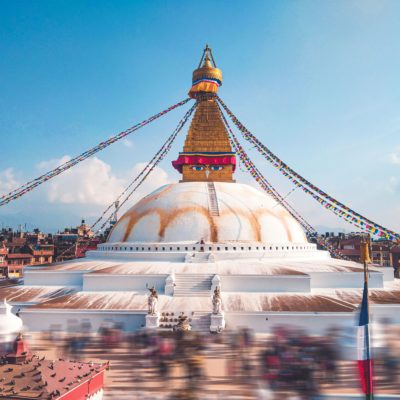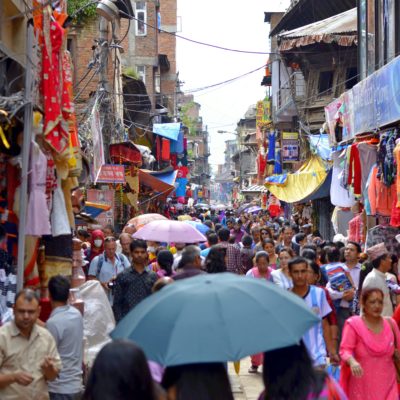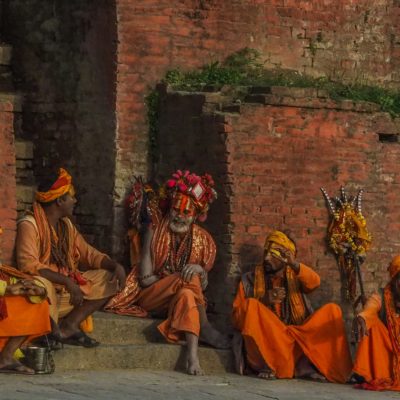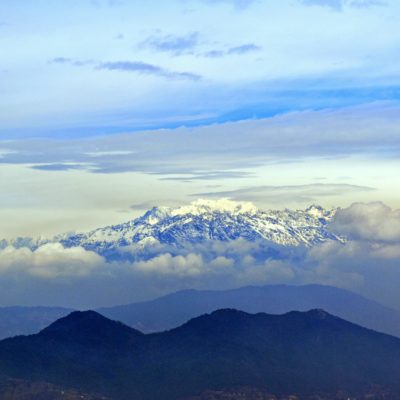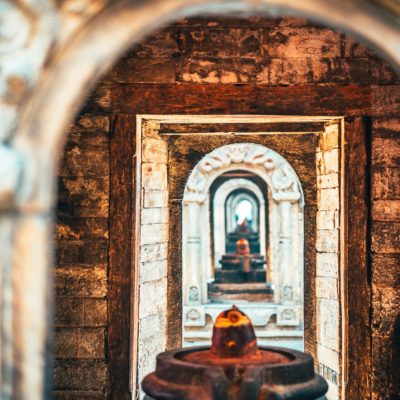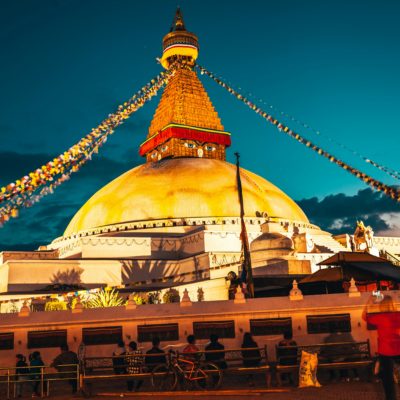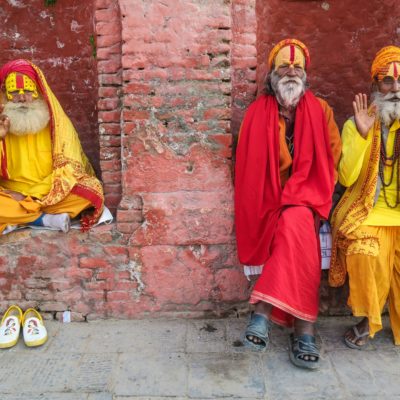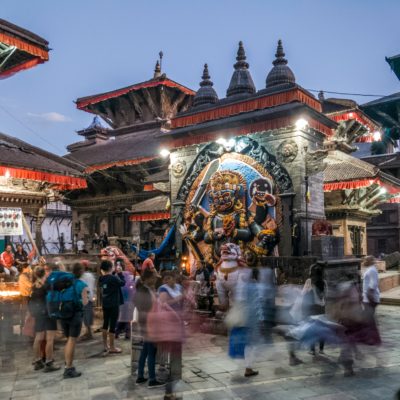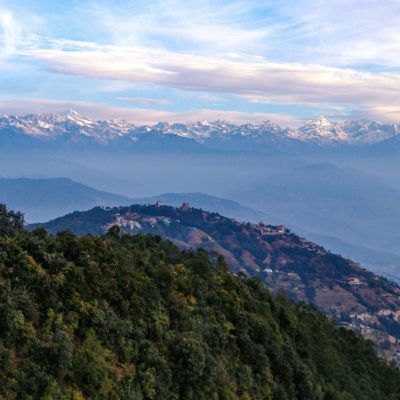Day 1 → Arrive Kathmandu
An Elevated Trips representative will welcome you at the airport with a traditional silk scarf called ‘Khadak’ and escort you to our 5 star hotel. After completing all the formalities to check-in at the hotel, you can spend the rest of the day on your own to explore or rest.
In case of early arrival, you can go out for the afternoon on a guided sightseeing tour of Kathmandu Valley’s historical and cultural landmarks such as the famous Boudhanath Stupa, the country’s largest Buddhist pilgrim site. As we enter the main gate of the site, the giant white dome with big Buddha eyes will greet us, offering our first taste of Buddhist worship.
After Boudanath Stupa, you will be transferred to the Pashupatinath temple on the Bagmati River's bank to observe the evening aarti ceremony. The temple is one of the most famous and important temples in the world, serving as the seat of a deity named Shiva. Open cremations of Hindus are done on the banks of the Bagmati River here.
In the evening, you can stroll around the Thamel and Thaity area and discover small temples around every corner and feel the true local flavor of the colorful Kathmandu streets.
Day 2 → Bhaktapur Square
Today our travels take us to the iconic Bhaktapur Durbar Square. Bhaktapur town lies in the eastern part of the valley of Kathmandu and is the third largest town in the Kathmandu valley. The city is known for its beautiful markets, culture and art. Often known as "Bhadgaon" and known locally as Khwopa, Bhaktapur. King Ananda Dev Malla established the historically and culturally rich town in 889 AD. Bhaktapur’s main attraction is temples, palaces, ponds and historic buildings.
Our full day in Bhaktapur city covers nearly all of the city’s attractions. You will experience the traditional Newari culture, beautiful temples, wood-carved palaces, and spectacular 15th century architecture during your Bhaktapur day tour.
Bhaktapur City’s main attractions include Bhaktapur Durbar Square, Pottery Square, Nyatapola Square, and Dattatreya Square. In addition, unique monastery complexes are to be found throughout the labyrinthine alleyways of the large complex. The most magnificent is the Nyatapola Temple, which is potentially Nepal’s highest temple. This temple has the most exquisite windows in which the frames are carved with decorative, detailed peacocks. Most of Nepal’s art produced in the Middle Ages was based on Hindu and Buddhist cultural traditions and this influence is easily seen in the architecture here. Bhaktapur Durbar Square’s Shiva Temple has the most spectacular wooden Kathmandu valley carvings with a spectacular palace containing 55 unique windows. The view of the Temple of Dattatreya is priceless. Go to the pottery square and learn from local experts how to make clay pots. Bhaktapur is also an excellent place to purchase handicrafts.
After our stunning day out in Bhaktapur Durbar Square we will return to our hotel to clean up and have an amazing local dinner in the Thamel district of Kathmandu.
Day 3 → Nagarkot
Nagarkot is a village in central Nepal, located in the Kathmandu Valley at an altitude of 2,175 meters above sea level. It's known for its scenic views of the Himalayas, including Mount Everest, and is a popular hiking destination. The village is lined with hotels along a ridge that offer views of eight Himalayan ranges, including Annapurna, Manaslu, Ganesh Himal, Langtang, Jugal, Rolwaling, Everest, and Numbur. The best viewing seasons are October to December and March to May, when the skies are likely to be clear.
Day 4 → Fly from Kathmandu to Paro, Bhutan then tranfer to Thimpu
After breakfast, your guide will brief you on your trip to Bhutan. Your flight will be with Bhutan’s national airline Druk Air, the only airline in Bhutan. This is the only way to get in and out of this little-seen country. If the weather is clear, you will have wonderful views of the Himalayas.
It’s a breathtaking journey, culminating in an exciting descent past forested hills into the kingdom of Bhutan. Upon arrival, be greeted by your local guide and escorted to the capital Thimphu, passing by Tamchog Lhakang Iron Bridge en route. Hotel check-in then visit Dechenphodrang central Monastic school, one of the oldest Dzong buildings that houses hundreds of monks overlooking Thimphu.
Day 5 → Thimpu Sightseeing
Today we will visit sites around Thimpu. In the morning we will visit the indigenous medicine hospital, a Traditional Medicine Centre which includes local herbal medicines including the areas of the Celestial City of Medicine Buddha, the Medicine Tree, and the source for Bhutan's rare Sorig medicine.
After our look into native Bhutanese traditional medicine we will visit the School for Thirteen Traditional Arts and Crafts. Here many young students come to learn the traditional arts and preserve traditional methods in craftsmanship. We will also have a chance to visit the Bhutanese Textile Museum where you can see the finest textiles and costumes for Bhutanese traditional dress. Here we will witness the different raw materials used in dying clothes as well as the dying process.
Lunch at local restaurant then move on to experience the Arts & Crafts School.
After our morning with gifted workers, we will take a walk by beautiful streams as we stroll through the Takin trails hike near the Takin Zoo. The takin is the national animal of Bhutan and this animal can be seen in few other places in the world. After our encounter with this unusual animal, we will hike towards Wangditse Lhakhang and walk down to Dechen Phodrang Monastery. This walk takes about one hour and is the best place to get a view of the legendary Trashichhodzong and the entirety of the Thimphu valley.
Day 6 → Thimphu to Punakha, Punakha Sightseeing
Our morning starts as we drive to Punakha (77 Km/3 hours). En route we will stop at Dochula Pass (3,150 meters). From the pass we can enjoy a spectacular view of the ranges of the eastern Himalayas if the sky is clear. We will also make a pilgrimage to the 108 stupas that lend the place an air of deep spirituality and reverence. From here we will do a short hike around Dochula Pass.
After our excursion around Dochula Pass we will drive down to Lobesa village to see the Temple of Fertility dedicated to the 15th century Buddhist master and iconoclast Drukpa Kuenley, also known as the Divine Madman. Today, the temple is frequented by barren couples to receive the blessings of fertility from a 15th century wooden phallus.
After lunch we will visit the Punaka Dzong, a magnificent castle-fortress that served as the old capital of Bhutan. It is considered the best specimen of Bhutanese architecture. Built in 1637 on the confluence of the Pho Chu (the male river) and Mo Chu (the female river), it was in this stunning monument that the Kings of Bhutan were crowned by head of Buddhism in Bhutan, the Chief Abbot.
From here we will drive to Wangdue for our beautiful overnight at our ecolodge with traditional architecture. Once at our ecolodge we can visit a nearby farmhouse for a local taste of the Bhutanese agricultural experience.
Day 7 → Punakha to Phobjekha
After breakfast we will visit the Wangdue Dzong located at the confluence of two major rivers: the Dangchu and Punatsanchu Rivers. The Dzong is an architectural wonder and this will be a fascinating experience as we take a look back into time through the echoes of this monastery's great stories.
The drive to Phobjekha takes about 2 hours, and as we drive we will cross over the Gangtey Pass (3140 meters), and then drop into the Phobjikha Valley. The Phobjikha Valley is one of the roosting grounds of the Black-necked crane, the national bird of Bhutan and a major symbol found throughout Tibetan Buddhist art. Each year in the winter these birds migrate from Tibet to Siberia.
From here we will visit the 16th century Gangtey Goempa monastery overlooking the valley and then take to the trails for some hiking as we walk the Phobjekha Nature Trail.
This hike starts below Gangtey Gompa near the monastery's Mani stone wall chorten. The first part of the walk is downhill through the pine forest with the view of main Phobjekha valley where the Black-necked Cranes feed in winter. Then we hike across Khewa village, located in the middle of the potato fields and open pastures. Here we can visit the old Khewa Lhakhang built in the 14th century. We can spend some time in peace meditating inside the temple.
Lunch at our lodge then after lunch we will visit the Black-necked Crane information center to see the Crane Preservation Project. This conservation area features the story of how the Bhutanese community worked together to preserve this rare bird.
Overnight at our ecolodge.
Day 8 → Phobjekha to Paro
We retrace our journey today, back to Paro via Thimphu where we will stop for lunch.
Along the way as make our way back to Paro we will visit the National Museum, aka Ta Dzong, overlooking the Paro Valley. This was once the Watch Tower for the Rinpung Dzong and then was converted into Bhutan's National Museum in 1968. The Ta Dzong contains many national treasures and a visit to the museum will provide an excellent trip-end summary to Bhutan and all we have seen in the last week.
Our evening will be free for any last minute shopping around Paro town.
Check into hotel for our overnight and get a good night's rest.
Day 9 → Paro Hiking – Tigers Nest Monastery
Our final morning in Bhutan holds a most iconic sight in all of Bhutan: Taktsang Monastery, also known as the “Tiger’s Nest.” The famous subject of many photographs, this complex of 17th-century temples miraculously clings to the side of a precipitous cliff nearly 3,000 feet above the valley floor. Its name is derived from a myth, which holds that Guru Rinpoche, the tantric mystic who brought Buddhism from India to Bhutan in the 8th century, landed here on the back of a flying tigress and stayed to meditate in a cave for three months. It was here that Padmasambhava, an eighth-century Buddhist master who is considered to be the second Buddha in the Himalayan Buddhist world, meditated and concealed religious teachings for the future generations.
Gain an initial vista as we hike to a viewpoint opposite the monastery, while those who choose to tackle the entire challenging journey will have their effort well rewarded with unsurpassed views of the temples, surrounding peaks and the sprawling valley below. Afterward, there may be time to do some last-minute shopping before saying farewell to this most captivating country.
Day 10 → Fly back from Bhutan to Kathmandu
After breakfast, it’s time to say goodbye to the land of the Thunder Dragon. You will be escorted to the airport and fly back to Kathmandu. Upon arrival, you will be warmly welcomed back to Nepal and taken to your hotel. The remaining day is free. Rest or let our guide show you more hidden sights around Kathmandu.
Day 11 → Depart Kathmandu
The trip to these mystical countries comes to an end today. If your flight is scheduled for later in the day, you will have another chance to take a stroll around the streets. Then, you will be transferred to the airport 3 hours before your flight back to your home.
